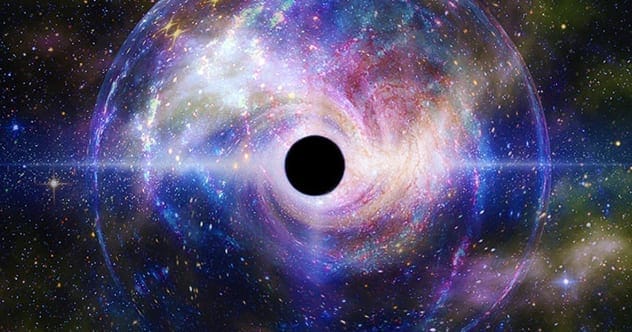The universe is a breathtaking expanse of creation, but it’s also a theater of destruction. From the smallest asteroid to the largest galaxy, everything is subject to cosmic forces that can tear it apart. Let’s dive into ten mind-bogglingly powerful scenes of cosmic destruction.
A Quasar That Eats a Star Every Day
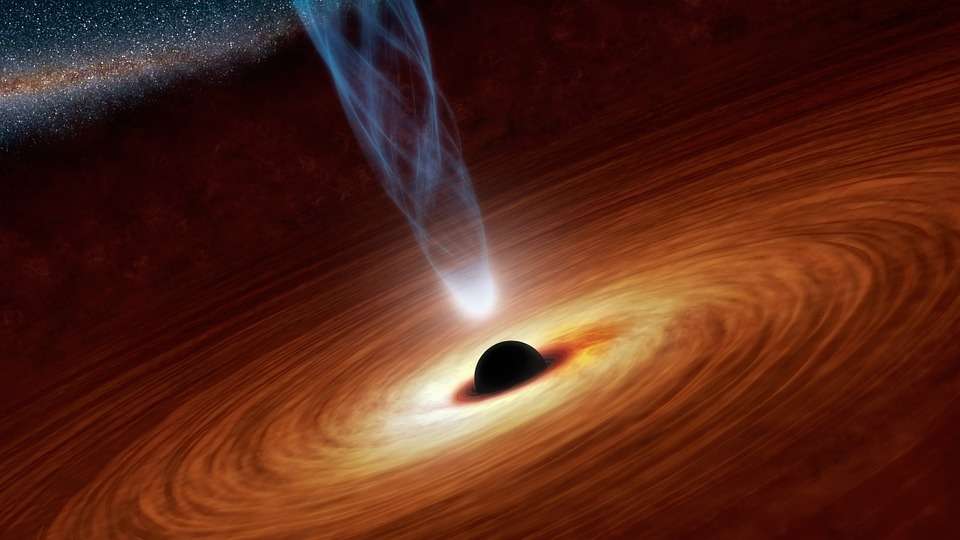
Imagine something so powerful it devours an entire star daily. That’s J2157, the fastest-growing black hole ever discovered. It boasts a mass 34 billion times greater than our Sun and shines as the brightest quasar known, consuming the equivalent of one star each day.
Located 12.5 billion light-years away, this early black hole defies expectations with its monstrous size. To put it into perspective, J2157 is 8,000 times more massive than Sagittarius A*, the black hole at the heart of our Milky Way. That’s a cosmic appetite taken to the extreme!
A Planetary Collision Births a World of Iron
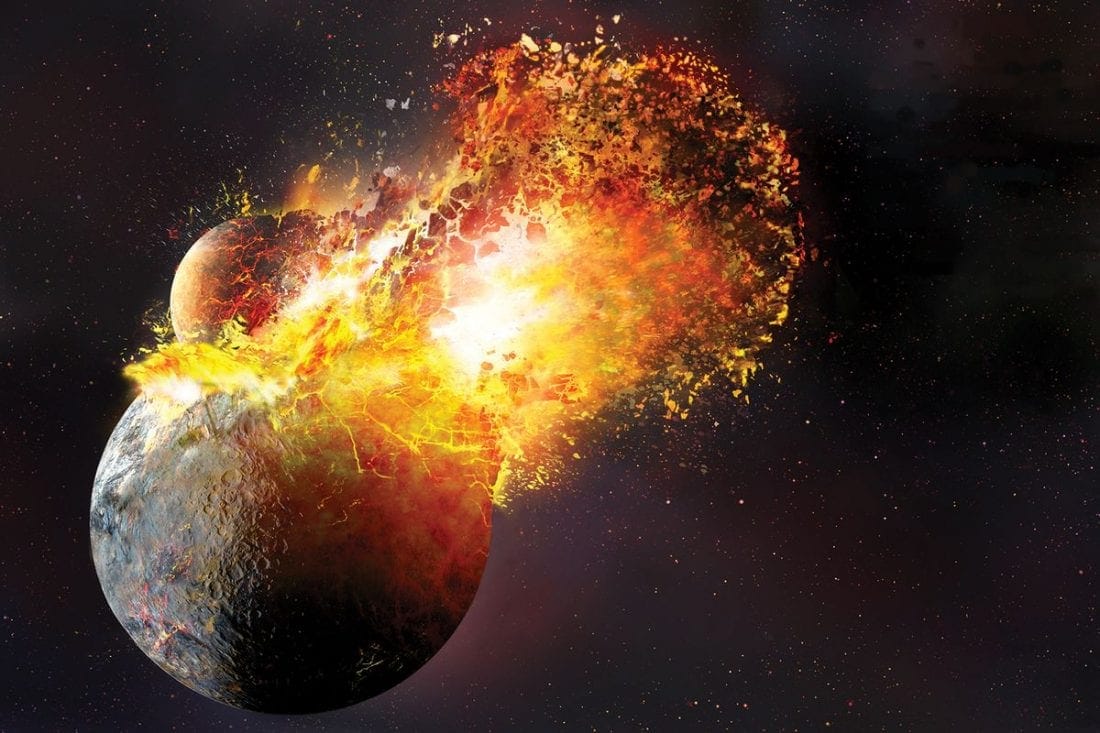
Planetary collisions aren’t just about destruction; they can also create new, bizarre worlds. Kepler-107c is a prime example, a planet ten times more massive than Earth, primarily composed of metal.
Located 1,700 light-years away in the Kepler-107 system, Kepler-107c is the result of a massive collision. It’s incredibly dense, with 70% of its mass being iron. This suggests that a high-speed impact stripped away its lighter silicate mantle, leaving behind a scarred iron core.
A Black Hole Is Ripped from Its Galaxy
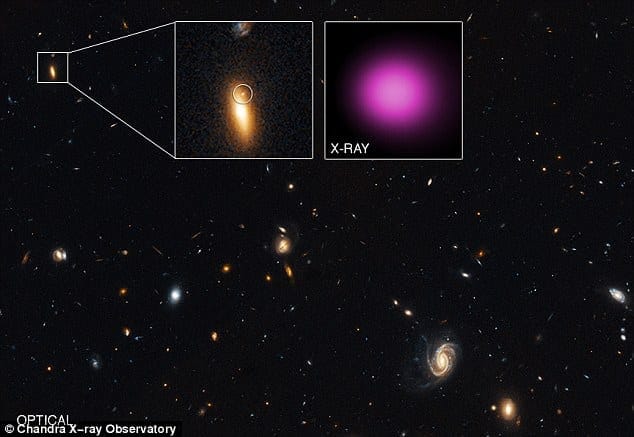
Black holes are typically found at the centers of galaxies. However, celestial forces can sometimes rip them away, sending them hurtling through space. This is what happened to black hole XJ1417+52.
Discovered 4.5 billion light-years away, XJ1417+52 is located on the outskirts of galaxy GJ1417+52. It’s incredibly bright in X-rays and has a mass of 100,000 Suns. Once the anchor of its own galaxy, it was stolen during a collision with the larger GJ1417+52.
Galaxies Tear Each Other Apart Around the Milky Way
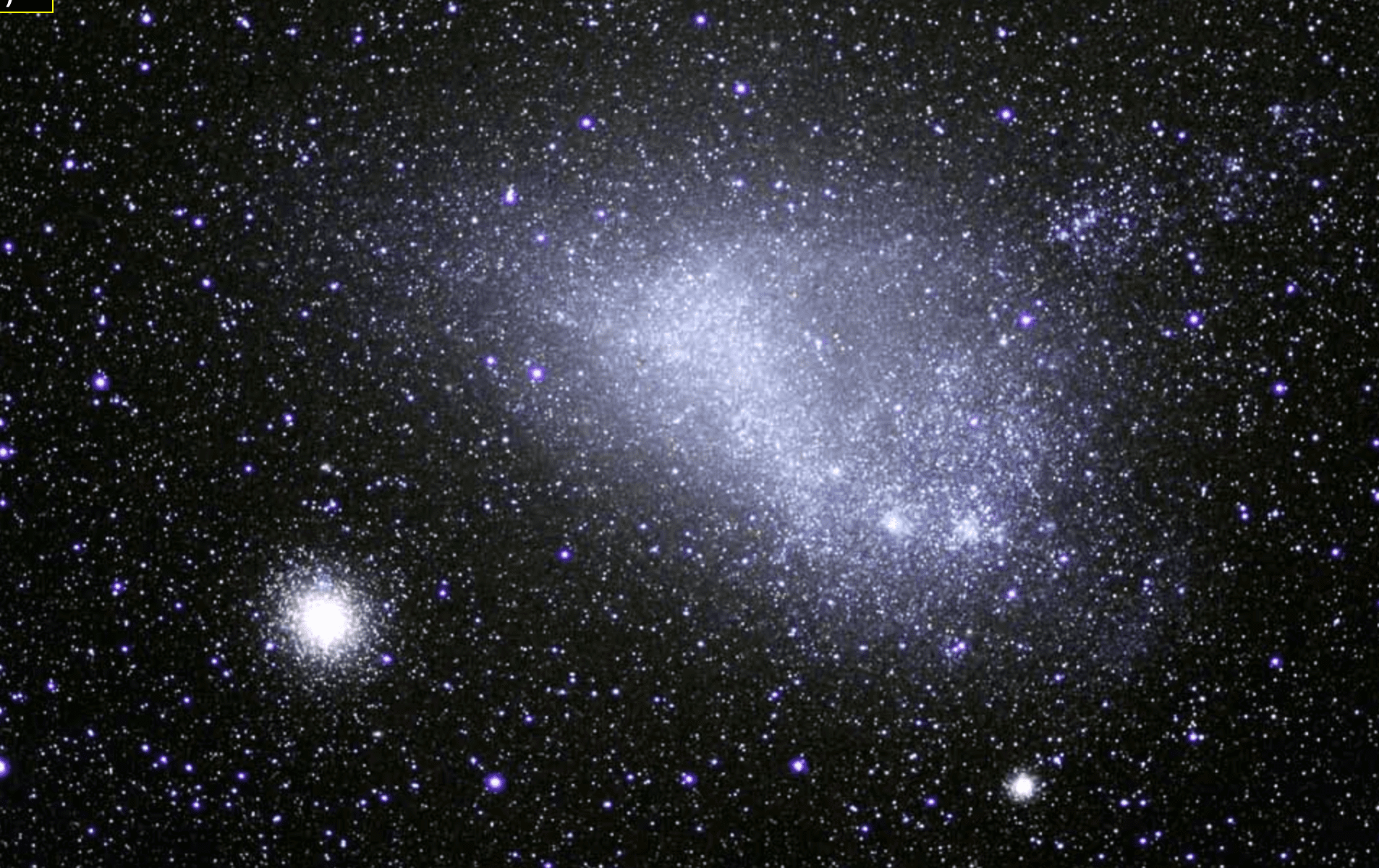
Our Milky Way is surrounded by smaller satellite galaxies, including the Small Magellanic Cloud (SMC) and the Large Magellanic Cloud (LMC). These two galaxies collided a few hundred million years ago, and the damage is still evident.
The impact tore away the southeast portion of the Small Magellanic Cloud. This region, known as the “Wing,” is moving away from the rest of the galaxy, providing clear evidence of the ancient collision.
Gravity Dismantles Small Galaxies
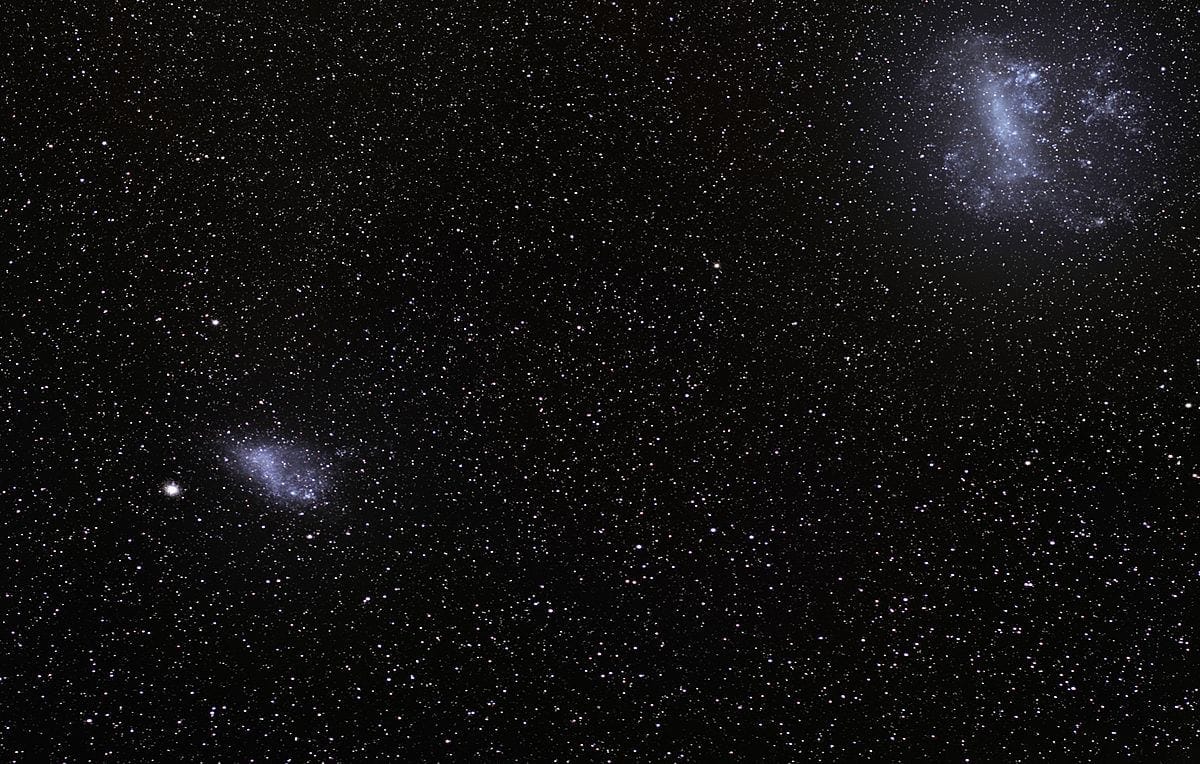
Speaking of the SMC, it’s slowly dying. Unlike galaxies torn apart in violent collisions, the SMC is suffering a slow and undignified death. It’s not massive enough to retain its gas and dust, so it’s losing hydrogen gas into space.
Gravity is the culprit. For every star the SMC produces, it loses ten times that amount in gas. Fortunately, it will likely be absorbed by the Milky Way before it completely dissolves.
Solar Systems Throw Planets Toward Their Star
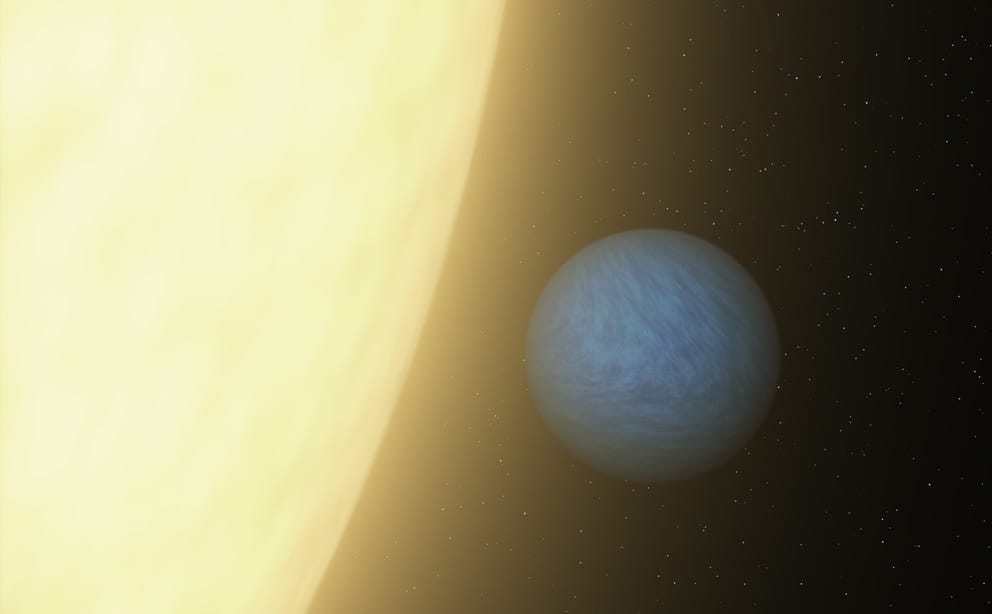
Planets don’t always stay put in their orbits. New evidence suggests a strange phenomenon where planets are pushed toward their parent star. Factors such as magnetic forces, collisions, and gravity can create a ‘conga line’ of planets spiraling inward.
This happens when planets and the disk of particles they’re born from become locked into synchronized orbits. This “resonance” causes the planets to gradually migrate inward, ending up in regions too hot to support planet formation.
Clusters of Galaxies Smash into Each Other

Clusters of galaxies zip through space at incredible speeds. Sometimes, they collide and merge. In rare instances, four galaxy clusters combine into one colossal structure. This is happening about 3 billion light-years away, where the universe is assembling Abell 1758, a combined mass of potentially thousands of galaxies.
Abell 1758 is split into two pairs of clusters. They’ve already swung past each other, mixing their heavy elements in a gravitational swirl. Eventually, gravity will pull them back together, forming a quadruple-cluster-deluxe.
Black Holes Gorge and Spew Like a Fountain
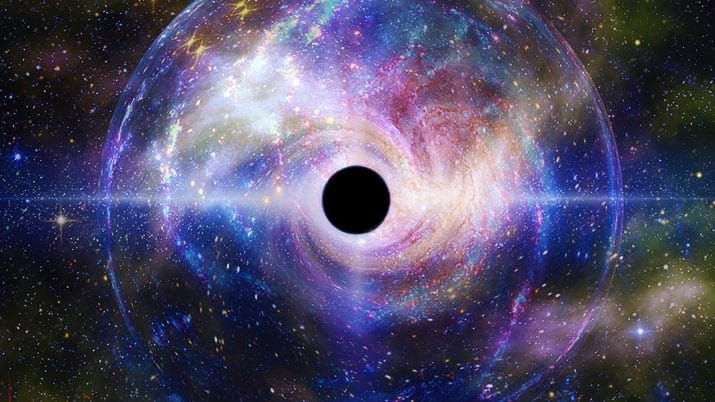
Black holes can’t consume all the material they attract. They’re surrounded by a disk of in-falling gas and dust that heats to millions of degrees. This superheated matter is then expelled back into the galactic environment, like a cosmic fountain.
Some of this atomic gas escapes into space, but much of it is pulled back in by the black hole’s gravity, continuing the cycle. It’s a chaotic process of feasting and vomiting on a cosmic scale.
Millions of Stars Explode into Life as Galaxies Collide
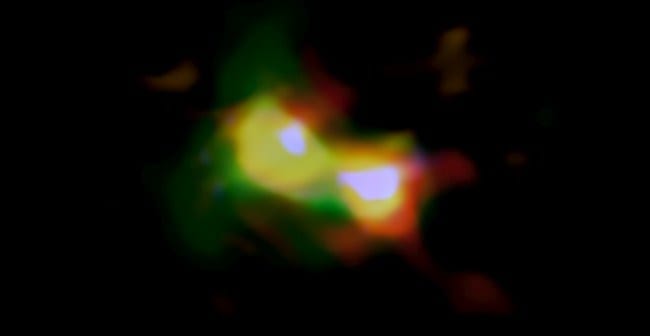
Galactic collisions aren’t just destructive; they can also trigger a burst of star formation. This is especially evident in the early universe. When galaxies crash, vast clouds of gas are compressed, leading to the birth of millions of stars.
For example, two galaxies located 13 billion light-years away have crashed into a gassy blob known as B14-65666. Despite being only 10% the mass of the Milky Way, this blob is 100 times more active in star formation.
Jupiter-Like Planets Are Roasted to Death
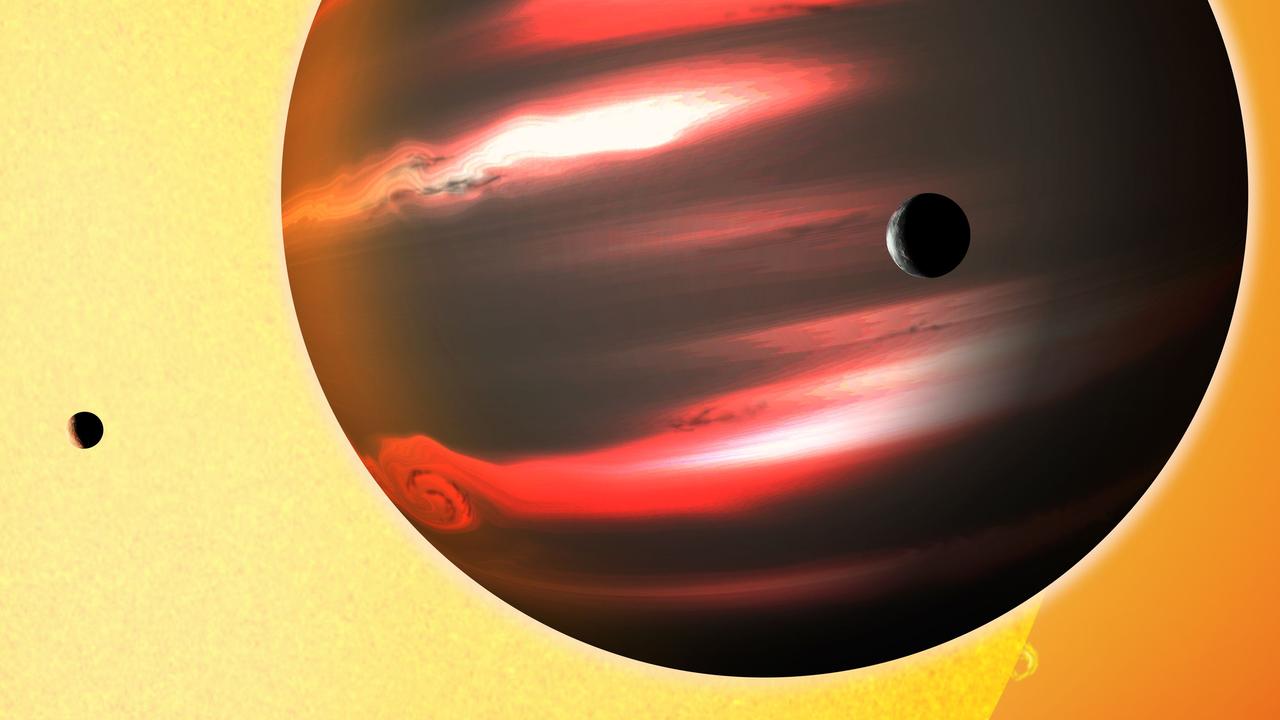
NGTS-10b is the closest-orbiting hot Jupiter ever discovered. This gas giant is 20% bigger and twice as massive as Jupiter, and its year lasts only 18 hours. Being so close to its star makes it incredibly hot.
The planet is likely tidally locked, creating extreme temperature differences between its day and night sides. NGTS-10b is potentially in the final stages of its life, spiraling into its star. Astronomers might soon witness its final death dive.
The universe’s capacity for destruction is as awe-inspiring as its beauty. From ravenous black holes to colliding galaxies, these cosmic events remind us of the dynamic and ever-changing nature of our universe.
Which of these cosmic events fascinates you the most? Leave your comment below!


